10 Best Standalone Drawing Tablets
Drawing is more than just a pastime; it’s a doorway to creativity, allowing us to bring our imagination to life. In the digital age, artists and designers are fortunate to have a game-changing tool at their disposal – standalone drawing tablets.
These devices offer a seamless and natural pen experience, liberating creators from the confines of traditional methods. Let’s embark on a journey through the realm of standalone drawing tablets, exploring the wonders they bring to the world of art and design.
Whether you’re a seasoned artist or a budding enthusiast, these tablets promise to redefine the way you express your creativity.
Traditional vs. Standalone Drawing Tablets
In the world of digital art, the choice between traditional and standalone drawing tablets marks a significant crossroads for artists.
Traditional Tablets:
Traditional tablets, with their varied shapes and sizes, bring a sense of familiarity, but they come with a tethered existence, requiring a physical connection to a computer. This connection, while providing a canvas for creativity, restricts the artist’s freedom and flexibility.
Standalone Drawing Tablets:
Enter standalone drawing tablets, a game-changer in the digital art landscape. These devices break free from the shackles of physical connectivity, offering a self-sufficient and portable solution for artists. Unlike their traditional counterparts, standalone tablets pack everything an artist needs into one sleek device – hardware (processor, RAM, ROM) and software (operating system, apps). This convergence of essential elements into a single unit transforms the creative process, allowing artists to sketch, draw, and design on-the-go, untethered from a fixed workspace.
The shift from traditional to standalone drawing tablets signifies a paradigm shift in the way artists approach their craft. It’s a liberation from the confines of a workstation, enabling creators to unleash their creativity anytime, anywhere. As we explore further into the realm of standalone tablets, we’ll uncover the unique advantages they bring to the table and how they are redefining the landscape of digital artistry.
Overview of Standalone Drawing Tablets
Standalone drawing tablets emerge as the epitome of artistic freedom and technological sophistication. These devices, self-contained and portable, encapsulate both hardware and software in a single, sleek package. Their compact design ensures artists can carry their creative studio wherever inspiration strikes – be it on a train, in a café, or amidst nature.
A standout feature of standalone tablets is their dual functionality, serving as both entertainment hubs and professional tools. Not confined to drawing alone, these devices seamlessly switch roles, transforming into platforms for watching videos, listening to music, reading, playing games, and browsing the web. The inclusion of a stylus further enhances their versatility, allowing users to create digital masterpieces with precision.
In essence, standalone drawing tablets represent a fusion of convenience and capability. Their small size ensures portability, making them ideal companions for artists on the move. Beyond drawing, they cater to a spectrum of leisure and professional activities, providing a holistic digital experience. As we delve deeper, we’ll unravel the specific advantages that make standalone tablets indispensable for artists seeking a dynamic and versatile creative tool.
10 Best Standalone Drawing Tablets Without Computer
With the myriad of standalone drawing tablets saturating the market, selecting the perfect model can be a daunting task. To simplify your decision-making process, we’ve compiled a list of some of the best tablets tailored for graphic designers and artists. These models span various price ranges, ensuring there’s an option for every budget. Let’s delve into the top contenders:
1. Apple iPad Pro
Available in 11-inch and 12.9-inch sizes, the iPad Pro boasts a Liquid Retina IPS display with ProMotion technology, providing sharpness and brightness for accurate color representation. The M2 processor and the second-generation Apple Pencil elevate the drawing experience.
Pros
- Exceptional display quality
- Powerful M2 processor
- Seamless integration with the Apple Pencil 2
Cons
- Premium pricing
- Accessories sold separately
Apple iPad Pro
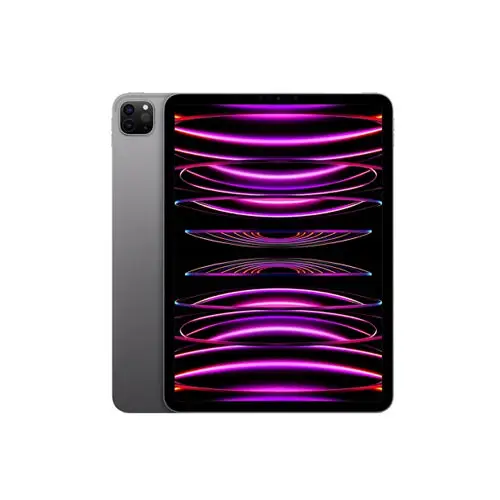
- Brand: Apple
- Model Name: iPad Pro
- Storage Capacity: 128 GB
- Screen Size: 11 Inches
- Display Resolution Maximum: 2388 x 1668 Pixels
2. iPad Air 5
Powered by an M1 processor, the iPad Air 5 offers a 10.9-inch display with a resolution of 2360×1640 pixels. With compatibility for the Apple Pencil 2 and keyboard covers, it’s a formidable option at a more affordable price than the iPad Pro.
Pros
- M1 processor for impressive performance
- Compatibility with Apple Pencil 2 and keyboard covers
Cons
- Lower refresh rate compared to iPad Pro
- Limited color options
iPad Air 5
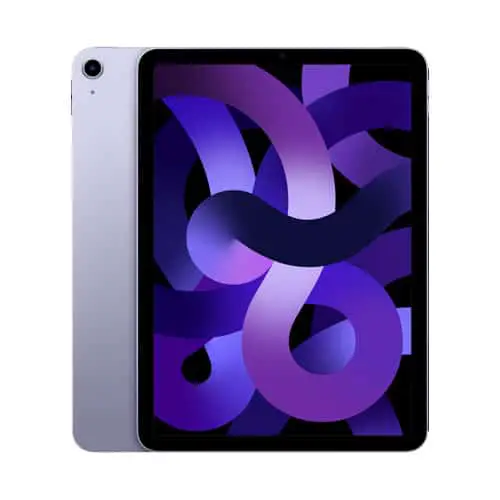
- Brand: Apple
- Model Name: iPad Air
- Storage Capacity: 64 GB
- Screen Size: 10.9 Inches
- Screen Resolution Maximum: 2360 x 1640 Pixels
3. Microsoft Surface Pro 9
The Surface Pro 9 combines a 13-inch PixelSense display with a 120Hz refresh rate, offering a versatile drawing experience. With configurable options for storage, processor, and RAM, it caters to a range of preferences.
Pros
- Versatile 13-inch PixelSense display
- Configurable options for storage and processing power
Cons
- Relatively shorter battery life
- Stylus sold separately
Microsoft Surface Pro 9
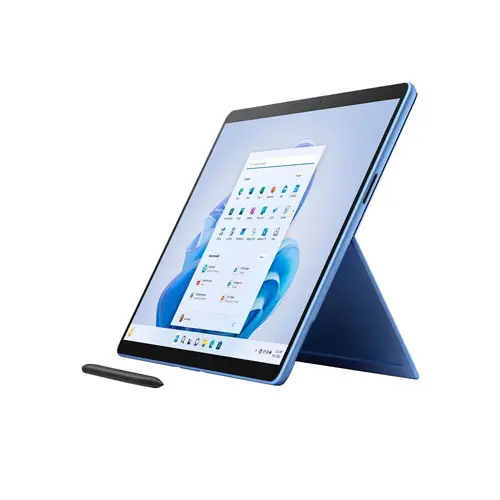
- Brand: Microsoft
- Model Name: Surface Pro
- Storage Capacity: 256 GB
- Screen Size: 13 Inches
- Display Resolution Maximum: 2880 x 1920 Pixels
Read this: 10 BEST GAMING TABLETS
4. Samsung Galaxy Tab S8 Ultra
Boasting a massive 14.6-inch super AMOLED display, the Galaxy Tab S8 Ultra delivers vibrant visuals with a resolution of 2960×1848 pixels. Powered by the Qualcomm Snapdragon 8 Gen 1 processor, it’s a multitasking powerhouse.
Pros
- Massive 14.6-inch super AMOLED display
- Powerful Snapdragon 8 Gen 1 processor
Cons
- Higher price point
- Limited availability of accessories
Samsung Galaxy Tab S8 Ultra

- Brand: Samsung
- Model Name: Galaxy Tab S8 Ultra
- Storage Capacity: 512 GB
- Screen Size: 10 Inches
- Display Resolution Maximum: 800 x 480 Pixels
5. Huawei MediaPad Pro
The MatePad Pro series, including the 12.6-inch version, features an OLED display, HarmonyOS, and the powerful Kirin 9000E SoC processor. With a second-generation M-Pen stylus and optional keyboard accessory, it offers versatility for artists.
Pros
- OLED display, HarmonyOS functionality,
- Second-generation M-Pen stylus
Cons
- Limited app ecosystem due to HarmonyOS,
- Availability may vary by region
Huawei MediaPad Pro
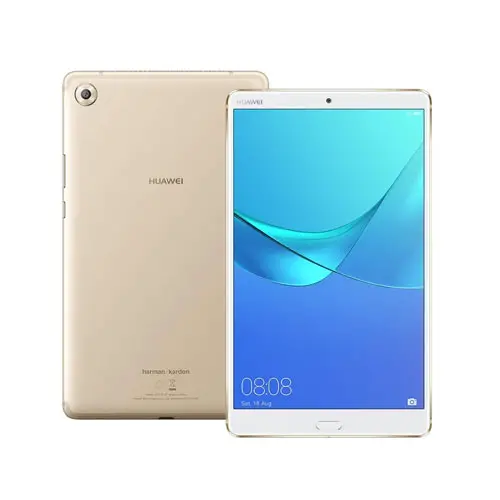
- Brand: Huawei
- Model Name: MediaPad Pro
- Screen Size: 10.8 Inches
- Storage Capacity: 64 GB
6. Xiaomi Pad 6
Equipped with an 11-inch IPS LCD screen with a 120Hz refresh rate, the Xiaomi Pad runs on a Snapdragon 870 processor. With the MIUI 12.5 based on Android 11, it provides a conducive environment for drawing and sketching.
Pros
- High-refresh-rate IPS LCD display
- Snapdragon 870 processor, MIUI 12.5.
Cons
- MIUI may not be preferred by all users
- Limited availability.
Xiaomi Pad 6
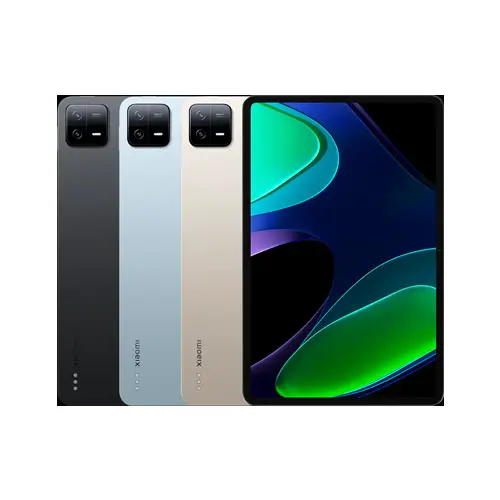
- Brand: Xiaomi
- Model Name: Xiaomi Pad 6
- Storage Capacity: 128 GB
- Screen Size: 11 Inches
- Display Resolution Maximum: 2880 x 1800 Pixels
7. Lenovo Tab P12 Pro
The Tab P12 Pro stands out with a two-tone aluminum alloy case and a 12.6-inch AMOLED display. Powered by the Snapdragon 870 processor, it offers a premium drawing experience with the included Lenovo Precision Pen 3.
Pros
- Premium two-tone design
- Vibrant 12.6-inch AMOLED display
- Lenovo Precision Pen 3
Cons
- Higher price range
- Accessories may be sold separately
Lenovo Tab P12 Pro
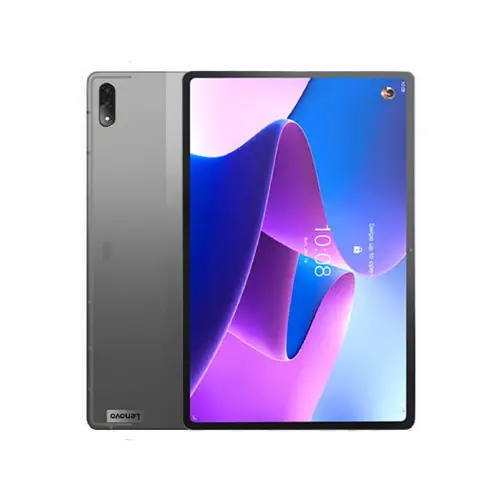
- Brand: Lenovo
- Model Name: Tab P12 – ZACH0177US
- Storage Capacity: 128 GB
- Screen Size: 12.7 Inches
- Display Resolution Maximum: 2944 x 1840 Pixels
8. Wacom MobileStudio Pro
Wacom’s MobileStudio Pro series caters specifically to artists and designers, offering a range of models with varying display sizes. Equipped with powerful processors, high-resolution displays, and Wacom’s Pro Pen technology, these tablets provide a professional-grade drawing experience.
Pros
- Professional-grade drawing experience with Pro Pen technology
- Varied display sizes
Cons
- Higher price point
- May be bulkier compared to other tablets
Wacom MobileStudio Pro
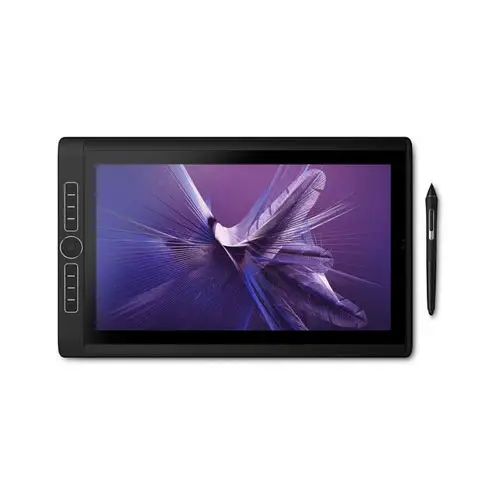
- Brand: Wacom
- Model Name: MobileStudio Pro
- Connectivity: Bluetooth
- Pressure Sensitivity: 8192 Levels
- Operating System: Windows
9. Google Pixel Slate
While initially marketed as a 2-in-1 Chromebook, the Google Pixel Slate serves as a capable standalone tablet. With a Molecular Display, powerful processors, and support for the Pixelbook Pen, it’s a versatile option for digital artists using Android drawing applications.
Pros
- Molecular Display for impressive visuals
- Versatile as a 2-in-1 device
Cons
- Limited app optimization for tablet mode
- Discontinued by Google
Google Pixel Slate
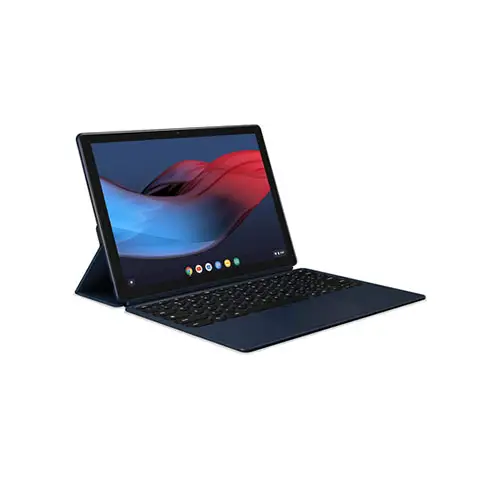
- Brand: Google
- Model Name: Google Pixel Slate
- Storage Capacity: 128 GB
- Screen Size: 12.3 Inches
- Display Resolution Maximum: 3000×2000 Pixels
10. Dell Latitude 7320 2-in-1
The Dell Latitude 7320 2-in-1, although designed for business use, features a 13-inch FHD display with touch and pen support, making it suitable for creative tasks. With robust performance, a detachable keyboard, and Dell’s Premium Active Pen compatibility, it offers flexibility for artists on the go.
Pros
- Business-grade performance
- FHD display with touch and pen support
- Dell’s Premium Active Pen
Cons
- Designed more for business use
- May lack certain features preferred by artists
Dell Latitude 7320 2-in-1
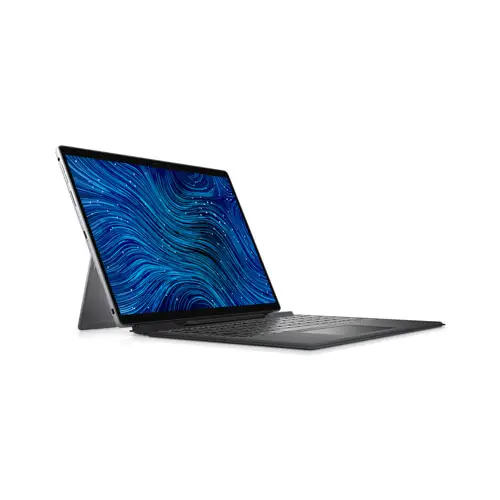
- Brand: Dell
- Model Name: Latitude 7320 Detachable 2-in-1
- Color: Black
- Hard Disk Size: 256 GB
- CPU Model: Core i7
- RAM Memory: 16 GB
What to Look for When Buying a Standalone Drawing Tablet
Embarking on the quest for the perfect standalone drawing tablet requires careful consideration of various factors. Here’s a comprehensive guide to help you navigate the market and make an informed decision:
1. Price
Begin your exploration by establishing a budget. Standalone tablets come in various price ranges, ensuring there’s an option for every budget. Balance affordability with the features and capabilities you desire.
2. Display Size/Type
Size matters, especially when balancing portability and workspace. Aim for an ideal size, typically around 10 inches. Choose between LCD and AMOLED screens; AMOLED offers superior color quality and energy efficiency.
3. Display Quality
Dive into the choice between matte and glossy screens. Matte reduces reflections but may dim image quality, while glossy provides vibrant visuals at the expense of reflection. Your preference dictates the selection.
4. Resolution
Prioritize higher resolution, such as 1920 x 1080 (1080p) or 2K QHD, for sharper images. Tailor your choice to your preference for image clarity in your artistic endeavors.
5. Color Accuracy
Ensure the tablet supports color spaces like sRGB and Adobe RGB for top-notch image reproduction. Confirm that the tablet aligns with your specific color accuracy requirements.
6. Screen Sensitivity
Screen sensitivity is paramount for digital drawing. Opt for tablets with higher sensitivity levels, like 8192 pressure levels, to capture intricate details in your sketches.
7. Stylus Type
Navigate the choice between active and passive styluses. Active styluses, despite needing charging, offer advanced features such as tilt recognition. On the flip side, passive styluses require no maintenance.
8. Battery Life
Prioritize tablets with extended battery life, ideally exceeding 10 hours. Understand that actual battery performance may vary based on factors such as usage patterns and external conditions.
9. Weight and Portability
Embrace a lightweight and slim design for enhanced portability. Steer clear of bulky devices that might impede your on-the-go creative ventures.
10. Operating System
Tablets run on Android, iPadOS, or Windows. Verify that your preferred drawing applications are compatible with the selected operating system.
11. Graphics Program Compatibility
Confirm that the tablet can seamlessly run graphics-intensive programs. A robust processor, featuring at least 6GB of RAM, ensures the smooth operation of art applications.
By methodically evaluating these factors, you’ll make a well-informed decision, ensuring that your chosen standalone tablet becomes an indispensable companion in your artistic journey. Each aspect contributes to the overall drawing experience, transforming your tablet into a powerful and personalized creative tool.
Conclusion
In the quest for the perfect standalone drawing tablet, our exploration covered diverse options catering to different preferences. The Apple iPad Pro and Microsoft Surface Pro 9 offer top-tier performance and display quality. For innovation, the Huawei MediaPad Pro with HarmonyOS and the unique Google Pixel Slate stand out.
Wacom’s MobileStudio Pro series caters to professional artists, while the Samsung Galaxy Tab S8 Ultra boasts a massive AMOLED display. Business-oriented users might find the Dell Latitude 7320 2-in-1 appealing.
Consider factors like display quality, processing power, and stylus capabilities when making your decision. By weighing the pros and cons, you’ll find the tablet that enhances your artistic journey. Happy drawing!



